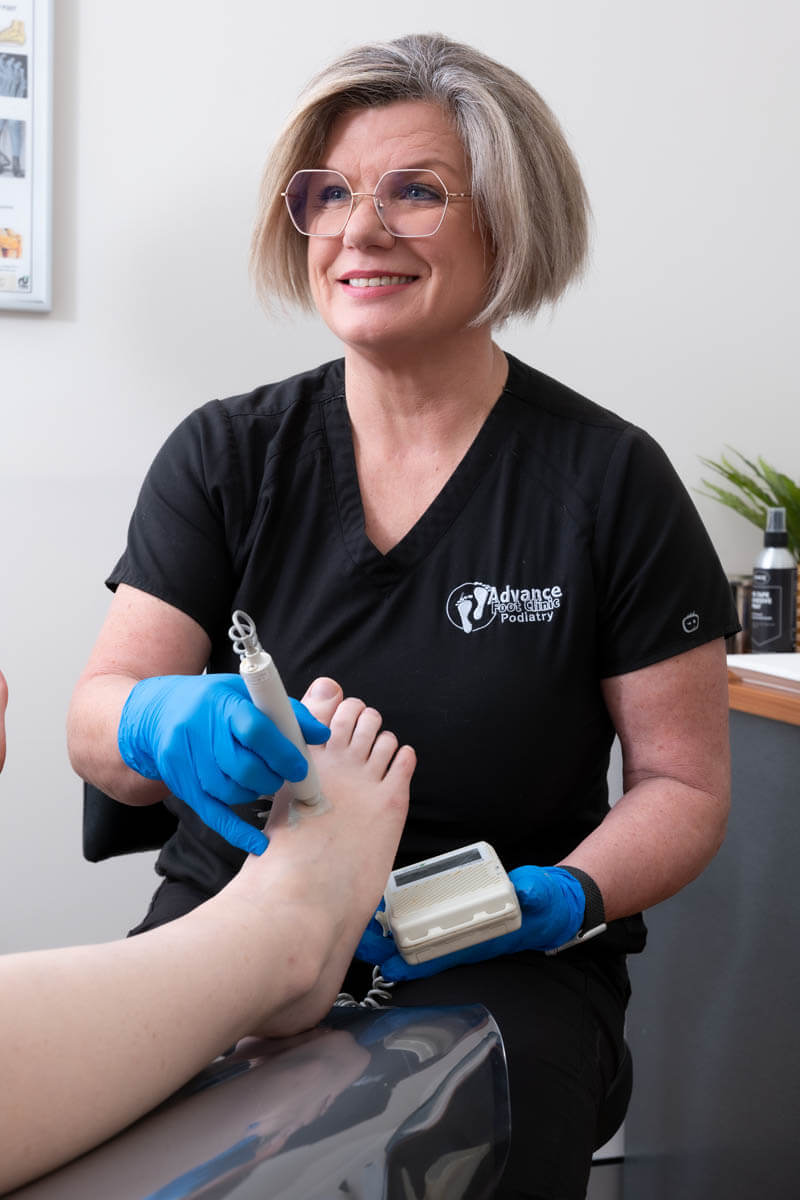Diabetes is a disease affecting the whole body. Foot related diabetes complications however, are the major cause of hospital admissions longer than 2 days. With the potential for reduced blood flow, neural and musculature function, the feet are highly susceptible to ulceration which may result in the need for amputation.

It is important when the weather gets cold to keep your feet well away (3m) from fireplaces and heaters. Never use heating pads, hot water bottles or electric blankets on your feet.
Take special care of any wounds on the feet such as minor cuts & blisters. If you sustain a minor injury to the foot follow the following procedure.
If the area becomes red, hot, swollen or smelly contact your doctor for further information.

Ready to give your feet the care they deserve? Book your appointment online or call us and experience our expert podiatry services at any of our six clinic locations.